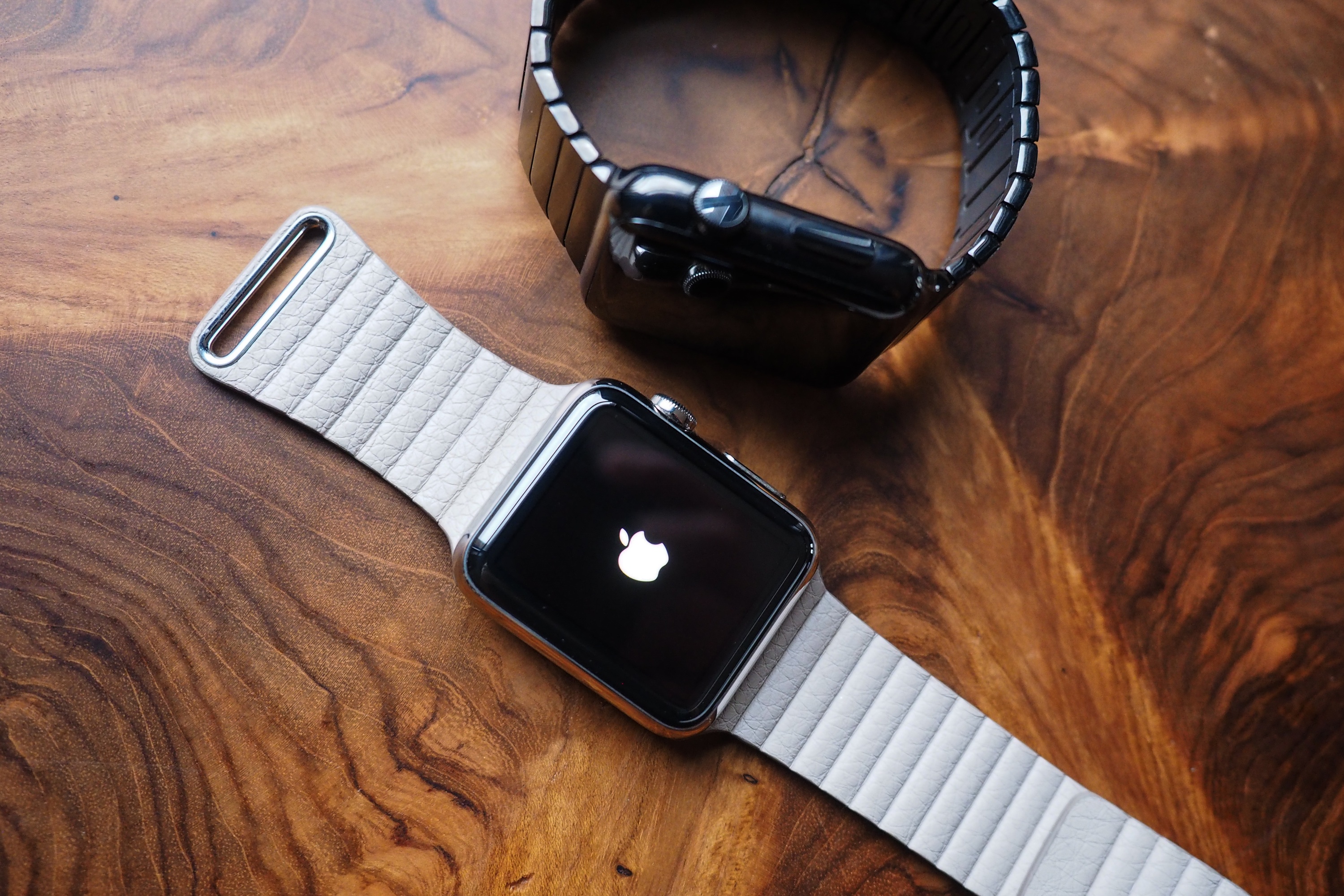
Why A Die-Hard Mechanical Watch Lover Can't Get The Apple Watch Off His Wrist
Just a few days ago, Overcast creator Marco Arment posted an article on how the Apple Watch made him appreciate his love for mechanical watches, so much so that he’s essentially abandoned wearing his Apple Watch. Today, an article written by Jack Forster on popular watch site Hodinkee goes in the complete opposite direction, with Forester saying he can’t go back.
To put things in context, the article starts off by prefacing that Forster is Jack Forster “has been a mechanical watch enthusiast for over three decades; he’s been covering them professionally for the last 20 years.”
Throughout the review Forster highlights how good of a job Apple has done from the packaging to the actual industrial design of the Watch. He talks about how notifications require some fine tuning, but that they are one of the biggest parts of the Apple Watch:
We jump back and forth between what’s on our phones and what’s going on around us, and it makes us pervasively anxious. If we’re staring at our phones we aren’t connected with the world; if we’re looking at the world, we get worried we’re missing something. The whole online social world becomes reduced to manageable dimensions with the Apple Watch. Of course, how well it does this depends on how you’ve set it up. Turn on alerts for every Facebook, Instagram, and Twitter update, as well as email, text, and Slack messages, and I suspect you’ll find the Apple Watch a nightmare; but if you can prioritize what you really feel you need to know about, the Watch has the potential to dramatically improve the signal-to-noise ratio in your life (if you can prioritize) in a way that the iPhone can’t.
I completely agree with this. Notifications are by far one of the biggest reasons why I wear the Watch daily. It’s almost at a point where, to me, it feels archaic to have to have my phone nearby to be notified of messages. I prefer the silent tap so much that that alone is a reason why I’ll probably wear an Apple Watch for a very long time.
Forster also highlights one of the biggest problems Apple has to face with the Watch: The tech press. Here he talks about the amazingness of the Stainless Steel Link Bracelet:
Pressing one in with a fingernail releases a double latch holding that link to the next. It’s secure, unobtrusive, and makes re-sizing the bracelet something anyone can do in seconds, with no risk of damage whatsoever. The fact that the latch system is integrated with each link, rather than relying on a sliding mechanism in the clasp, means the whole bracelet can remain very flat, flexible, and comfortable. It’s astonishingly intelligently designed and should have the watch industry really worried, and yet somehow, I’ve read almost nothing about it, either in watch specialist media or elsewhere.
Yep. The tech press still seems to have a hard time understanding this product. I suspect it will take a while before they get used to it.
Forster continues hitting on something I’ve felt from the very beginning despite some of the Watches shortcomings:
I think the Swiss watch industry is missing something, which is that Cupertino may understand luxury better than Europe right now.
As someone who’s been fortunate enough to have some nice watches passed down to me, I think Apple is on the right track with the Apple Watch. Sure it’s not perfect and of course it needs some polishing, particularly in software, but remember, this is generation one we’re talking about. Imagine where things might be in two, three, or even four years. Seriously, we’re just getting started.
Forster concludes with something powerful, suggesting that Apple may be on its way to really hurting the luxury watch makers:
For people who love mechanical watches, the Apple Watch is both unimportant and important. It’s unimportant because what it offers really is totally different from the pleasure you get from a great tool watch with an amazing history, like the Sub or the Speedmaster, or the connection you get to a fusion of aesthetics, mechanics, and craftsmanship from something like a Patek or Lange. But that’s also why it’s important. And it’s also why, even for luxury watchmaking, it is a little dangerous. Apple’s actually succeeded in doing with the Apple Watch what they did with the iPhone: inventing a new experience. Whether that experience is one ultimately more compelling than the one offered by mechanical watches, nobody knows. What I don’t think the luxury watch world can afford is complacency. If it fails to realize that what the Apple Watch actually offers is not competition, but a convincing alternative experience – and if it doesn’t take the hint that luxury is ultimately about attention to detail, not marketing or price point – it could be in serious trouble.
I highly suggest you read this piece on the Apple Watch. It’s one of the very few reviews that comes from a person that has some technical background, but also appreciates watches. I’ve only encountered a few people so far that seem to be able to balance that concept.
This is why we started WatchAware. It’s because we believe the Watch truly has a bright future, and guys like Forster actually get it.